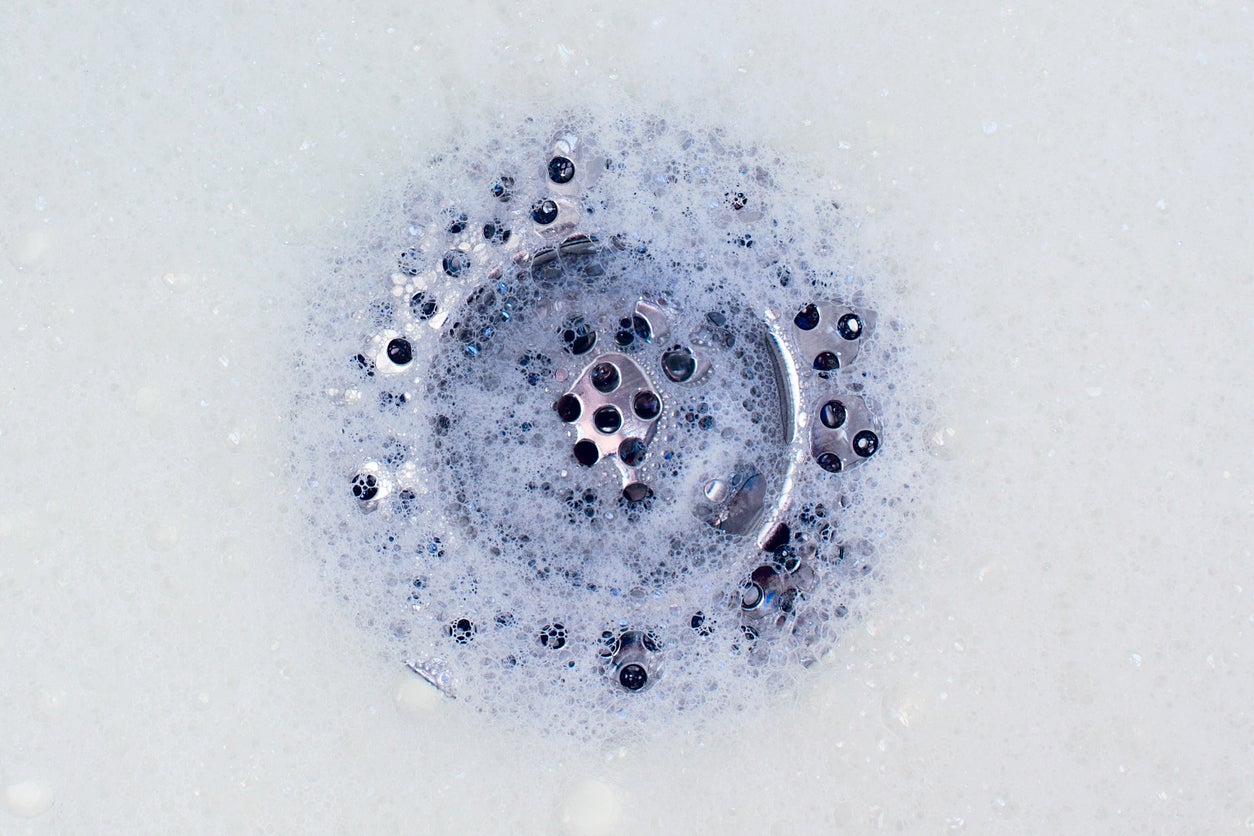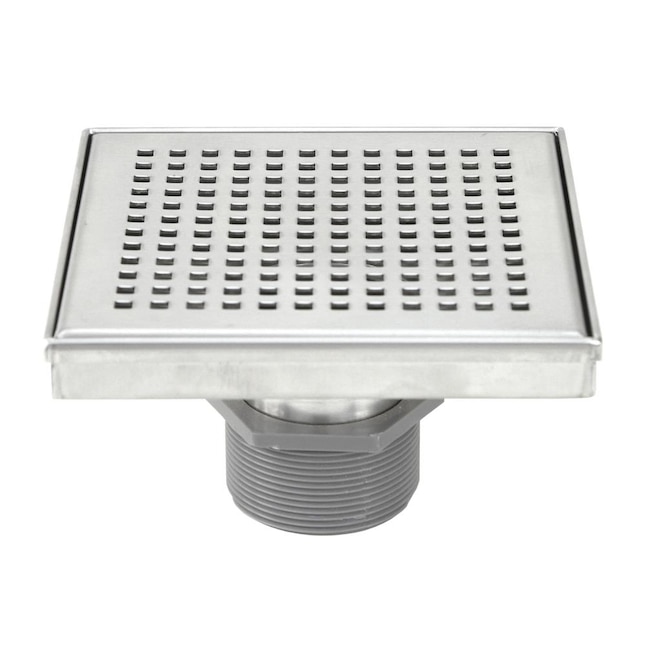Mastering-Learning-Becoming Skilled At Your Own-DIY-Personal Shower Drain-Bathroom Drain-Drainage System Installation-Setup-Project
Mastering-Learning-Becoming Skilled At Your Own-DIY-Personal Shower Drain-Bathroom Drain-Drainage System Installation-Setup-Project
Blog Article
This article listed below pertaining to How to Choose the Best Drain for Your Shower is seriously informative. Don't overlook it.

Updating a restroom is one of the extra preferred home enhancement jobs. Managing the plumbing for draining your shower can be exceedingly easy unless you go overboard.
Managing Your Own Shower Drain Installation Project
Whether you are a tub or shower person, many people search for shower just alternatives when buying a home. This straightforward fact implies greater than a couple of property owners spend a weekend break updating or setting up showers in their shower rooms. Luckily for you, it is a relatively basic procedure.
A collector or frying pan refers to the horizontal surface area situated at the end of the shower. The collector usually includes a non-slip surface a little banked towards the facility or any place the drain lies. Combined with three to four inch walls around the side, the objective of your shower drainage plumbing is to get the water to stream to as well as down the tubes.
You can literally build a collection agency for your brand-new shower, yet you really require to think about it. Do you actually wish to get into the difficulties of obtaining the sloping proper, not to mention making certain every aspect of it is water resistant? And also I imply every facet! It is much easier to merely acquire a pre-cast collection agency online or at your regional Lowes, Residence Depot or hardware store. Structure one might seem like a great concept, yet you will probably really feel in different ways after a couple of hrs.
No matter just how you go about getting a pan, you ought to make every effort to utilize one that has the drain located in the same spot as the initial frying pan. Relocating the drain pipes can be a job, especially if the builder utilized an unique framing framework. If you are established to move the drainpipe, you are going to need to cut down the pipe or lengthen it, which may mean ripping up big chunks of the flooring. Rephrase, you are mosting likely to be considering a multiple weekend break job.
Assuming we have our drainpipe lined up, the real link is relatively basic. The drainage pipeline need to be facing vertical up to the collection agency. It will typically appear like a "U", which indicates it functions as a cleanout to keep nasty scents from returning up from the drain. To connect the drainpipe, you are mosting likely to produce a water tight link between a drain cap on the top of the frying pan as well as the drainage pipeline. Solutions vary, yet you are usually going to do this by placing a coupling item on the top of the drainage pipeline. This is then covered with gaskets and also literally screwed right into the drain cap. The drain cap need to serve as a locknut, to wit, it screws straight onto the coupling.
The difficult part of this procedure is getting your drain cap to match a watertight setting in the frying pan. This is completed by backing off the drain cap when you make certain everything fits together. At that point, you put plumbing professionals putty around the bottom of the cap and then screw it back on. The putty should form a tight seal between the cap and the shower frying pan, which keeps water from flowing under it as well as right into the framing under the shower.
Obviously, shower room showers come in a variety of styles nowadays. If you buy an enthusiast, they often included plumbing guidelines or the store can note anything uncommon you should know. It seems intricate, but is typically rather easy. Have fun!
Tips for Installing a Shower Drain Assembly
Renovating a bathroom can be exciting as well as fulfilling if you’re tackling the job DIY-style. After you cross off the bigger decisions such as tile style, paint colors, and fixtures, you’ll need to finalize smaller details – such as the shower drain. In this article, we’re sharing some tips for selecting and installing the right drain assembly for your updated shower.
What is a shower drain assembly?
Shower bases or pans typically only come with a pre-drilled drain hole. Since the pan slopes toward the drain, you should consider the placement – left, center, or right – when designing your shower. You’ll need to purchase and install a shower drain assembly that connects the shower pan to the drain pipe underneath the shower. There are a few types of assemblies, which will be covered below.
Size of a shower drain
When it comes to installing drains, size matters. The recommended pipe size for a shower drain is 2 inches, whereas most tubs use 1.5-inch pipes. Why the difference?
Shower pans are shallower than tubs, so there’s a higher risk for overflow. So, the larger pipe allows for quicker draining. If you are replacing an old tub with a newer stand-up shower, you will need to make additional plumbing adjustments to accommodate the 2-inch pipe.
Types of shower drain assemblies
There are three common types of shower drain assemblies: compression shower drain, solvent-glue shower drain, and tile shower drain. The layout, design, and materials of your shower can determine which type of shower drain assembly will work best.
Compression shower drain
This type of assembly attaches to the drain pipe with compression washers and nuts. The drain fitting is typically installed into the base, and then the base is installed into the bathroom floor. This makes compression-style drains easier to install than other options, particularly if you don’t have easy access from the floor under the shower base. Drains are available in a wide range of materials such as PVC (polyvinyl chloride), ABS (Acrylonitrile Butadiene Styrene), and brass, and can be used for acrylic, fiberglass, and steel shower bases.
Solvent-glued shower drain
Made of either polyvinyl or ABS, this type of shower drain is sealed to the drain pipe with solvent glue and silicone. Since you’ll be working underneath the drain pan, we only recommend using this type of drain if you have access under the shower, such as from a basement or crawlspace. It’s also important that you match the type of plastic of the drain with the drainpipe. If you take these precautions, you can install a solvent-glued drain assembly with acrylic, fiberglass, and steel shower bases.
Tile shower drain –
Drain assemblies for custom tile showers feature a waterproof membrane liner placed between two flanges. The tile is installed on top of the liner, collecting any water that seeps through the porous grout. A metal strainer is installed in line with the tile over the drain.
https://www.epshawaii.com/blog/tips-for-installing-a-shower-drain-assembly/

As a fervent person who reads about How to Choose the Best Drain for Your Shower, I figured sharing that piece of content was essential. Remember to take the time to share this blog if you appreciated it. Thanks for going through it.
Report this page